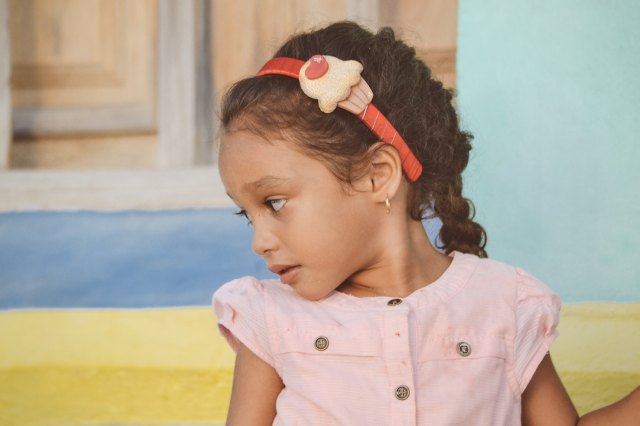Anxiety disorders affect many people, but as a parent, it can be truly heartbreaking to see anxiety affect your child. Children are not as articulate when it comes to talking about their feelings, so it may be that the way you discover this anxiety is through physical symptoms, such as a stomachache or refusal to do things that other children normally do (i.e. go to school or birthday parties). If you’re a parent who has a child with anxiety, here are a few ways to care for them.
1. Make sure they get enough sleep and establish a routine.
Young children need around 11 to 13 hours of sleep every night. Establish a good evening routine that is calming and predictable and choose a bedtime that will net the recommended hours of sleeping time. Some children with anxiety like having a routine because it makes them feel safe, so this should be an easy implementation.
Don’t let kids watch scary or extremely stimulating TV shows or movies right before bed; instead, cultivate a healthy habit of reading or working on puzzles. Another way to make sure your child gets enough sleep is to remove all distractions that could be impeding a good night’s rest. This includes fixing all faulty appliances that make noise, dimming lights (or shutting them off completely) and ensuring the bedroom is a safe and peaceful haven for your child.
2. Help them work through their feelings.
If you have children with anxiety, you can model what it looks like to deal with emotions in a reasonable manner. Anxious children sometimes have a hard time expressing strong emotions like anger or sadness because they are afraid people will be angry with them. With younger children, help them cultivate their inner voice by talking about feelings and what to do in certain situations. Don’t get angry if they’re not able to express themselves clearly; after all, they are children and are still learning how to navigate the world.
WorryWiseKids says, “It is okay to let your child experience some anxiety. Your child needs to know that anxiety is not dangerous, but something they can cope with.” Let your child know that experiencing feelings is okay.
3. Remove the stigma of therapy.
If a child needs therapy to deal with ongoing anxiety issues, this is nothing to be ashamed of. Cognitive behavioral therapy (CBT) is a popular option for both adults and children, as it teaches the interconnectedness of thoughts and feelings and has been shown to be equally as effective as medication.
CBT for children and adolescents is usually composed of short-term treatments that focus on teaching children and their parents specific skills. This strategy differs from other therapy approaches by focusing on the ways that a child’s thoughts, emotions and behaviors are interconnected and how they affect one another. Because emotions, thoughts and behaviors are all linked, CBT approaches allow for therapists to intervene at various points in the cycle.
4. Be aware of transitional difficulties.
Children often find it difficult to make transitions, whether it’s between activities, places or objects that hold their attention. Being asked to stop one thing they like doing and start another (even if it’s another positive thing) is a very common trigger for problem behavior, especially for kids with anxiety. “Transitions are hard for everybody,” says Dr. David Anderson, senior director of the ADHD and Behavior Disorders Center at the Child Mind Institute. “One of the reasons why transitions may be hard is that we’re often transitioning from a preferred activity—something we like doing—to something that we need to do.”
Transition difficulty can take the form of resistance, avoidance, distraction, negotiation or a full-blown meltdown. Some of these reactions could be the result of kids being overwhelmed by their emotions. For a child with anxiety, these emotions may be even more extreme, especially if you respond negatively to these emotions. Your reaction could be the difference between an anxious child learning to deal with emotions in a healthy way.
5. Set reasonable expectations.
It’s important to have the same expectations of your anxious child that you would of another child who doesn’t deal with symptoms of anxiety (for example, expect them both to go to birthday parties, make decisions, talk to adults, etc.). However, understand that the pace might need to be slower with the child dealing with anxiety.
Help your child break down big tasks into smaller steps that can be accomplished (i.e. Go to the party with your child and agree to stay as long as your child is interacting with others; next time, stay for the first half hour and then leave). You can also help role-play or act out possible ways your child could handle a difficult situation. Saying it out loud makes kids more confident and more likely to try the strategy when they are alone.
